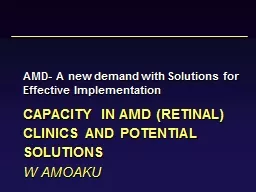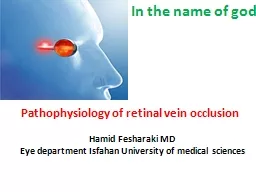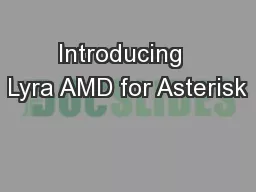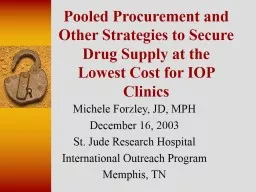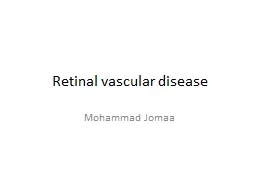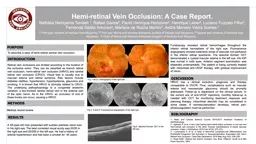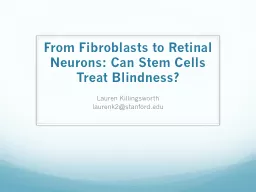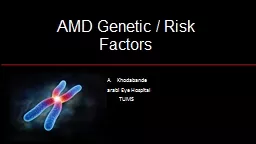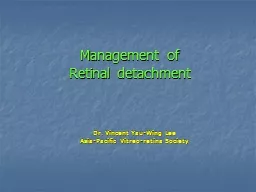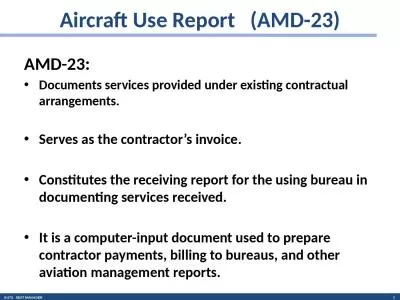PPT-CAPACITY in AMD (RETINAL) Clinics and POTENTIAL SOLUTIONS
Author : brooke | Published Date : 2022-06-07
W Amoaku AMD A new demand with Solutions for Effective Implementation Declarations WMA Pharmasponsored research funding Allergan Bausch and Lomb Novartis Pfizer
Presentation Embed Code
Download Presentation
Download Presentation The PPT/PDF document "CAPACITY in AMD (RETINAL) Clinics and PO..." is the property of its rightful owner. Permission is granted to download and print the materials on this website for personal, non-commercial use only, and to display it on your personal computer provided you do not modify the materials and that you retain all copyright notices contained in the materials. By downloading content from our website, you accept the terms of this agreement.
CAPACITY in AMD (RETINAL) Clinics and POTENTIAL SOLUTIONS: Transcript
Download Rules Of Document
"CAPACITY in AMD (RETINAL) Clinics and POTENTIAL SOLUTIONS"The content belongs to its owner. You may download and print it for personal use, without modification, and keep all copyright notices. By downloading, you agree to these terms.
Related Documents

